It would undoubtedly astonish many people to learn that sex reassignment surgery (SRC) is not illegal in the Islamic Republic of Iran, even though the regime treats homosexuality as a crime. In fact Iran is the only Muslim country where SRC is allowed, and it has become a hub for the operations. In 2008 the BBC reported that “Iran carries out more sex change operations than any other nation in the world except for Thailand.” Since then a number of surveys have confirmed this conclusion.
How this came about is a rather long story but one person stands out as a tireless and determined actor in this drama.
To redress her grievances with herself and the rest of the world, she put on shoes of steel. She tried everything, from appealing to the Shah of Iran’s court and meeting with then-Empress Farah Pahlavi, to writing to Ayatollah Khomeini, to trying to meet him in exile and, at last, meeting the founder of the Islamic Republic in Jamaran, Tehran - just to be who she wanted to be.
Maryam Khatoonpour Molkara was born male. At the time of her birth in the village of Abkenar in the northern province of Gilan in 1950, she was named Fereydun. She was forced to wear men’s outfits, even though she always felt that she was a woman.
Molkara became the first transsexual in Iran to legally undergo sex reassignment surgery with the permission of Ayatollah Khomeini. His letter of authorisation and his fatwa, issued in 1987, which she acted on in 1997, enabled sex change operations in Iran to exist as part of the legal framework for the first time.
Shaya Goldoust, an Iranian minority and gender rights activist, told IranWire that there were sexual and gender minorities who underwent this surgery before Molkara.
“For example, a woman called Kobra underwent female-to-male sex reassignment surgery in 1930,” she says. “The first male-to-female sex reassignment surgery was carried out on 16-year-old Farhad Najafi, whose story and photograph were published in Ettela’at newspaper on September 15, 1953.”
Why, then, is Molkara better-known than other transsexual Iranians? Goldoust says: “She was the first person who managed to receive a religious verdict from one of the Shia sources of emulation, who was well-known and followed in his time, and without any fear of social pressures from outside to undergo the surgery.”
Khomeini’s Fatwa
Molkara met Farah Pahlavi in 1974, five years before the Islamic revolution, and spoke to the then-empress about her problems. Chief among them was her discomfort with her male name and having to introduce herself as a man while she was convinced that a woman lived under that shell. She also told the empress that she had always wanted to wear women’s clothes, but social conventions forced her to abstain.
Pahlavi is understood to have told Molkara to gather together a few people facing the same difficulties and form a society, on which special privileges could then be conferred. But the idea never came to fruition.
Although Molkara was eventually able to undergo surgery, the problems she reported to Pahlavi persist for others today, Goldoust says. “The same story is still going on in the transsexual community in Iran,” she says. “The procedure is in reverse order: they must first undergo surgery to be able to choose their name, to wear what they want, and to appear with makeup and the way they wish.
“It should be the other way round. They should first be able to dress, talk, use makeup, make contact and socialise in the way they like and then later decide whether they want to undergo sex reassignment surgery or not. This is what has been imposed on sexual and gender minorities in society from the beginning: a man-woman bipolarity. One must either be a man or a woman to be accepted by society.”
Since Molkara considered herself religious she was determined to obtain a fatwa to legitimise her surgery. In 1975 she wrote a letter to Ruhollah Khomeini, who had at that time been exiled to Iraq by the Shah of Iran and was living in Najaf, asking him what to do.
A year later Molkara was working at the then-state broadcaster National Iranian Radio and Television, still under the name Fereydun, when she received Ayatollah Khomeini’s reply. In an interview with Chelcheragh magazine Molkara would later recall: “I wrote to him saying my mother told me I had made up myself like a woman with chalk. Imagining that I was bisexual, the Imam wrote that based on Islamic law I must become a woman. He had assumed that I was bisexual, when that was not the case.”
“In the closed and masculine society of those days,” Goldoust explains, “none of these people really knew what they were. Religious law considered them either bisexual or neutral, which is not right for transsexuals and midsexuals. The bipolarity defined in societies such as Iran, which recognises gender only in the form of men-women and male-female, forced these people to look for a legal justification for surgery with everything they had; enough to still hold some religious beliefs as well.”
Molkara went on to spend years in search of a fatwa from a sufficiently well-regarded source of emulation, never allowing herself to give up. In 1978 she tried to meet Ayatollah Khomeini in Paris, but failed. After the Islamic revolution it became even more difficult: Molkara was expelled from her job due to her disclosures prior to the revolution, and was forced to inject male hormones and undergo psychiatric treatment.
But she was uniquely persistent. Disregarding the hardship she was facing, she kept trying to meet influential members of the clergy, including Ayatollah Akbar Hashemi Rafsanjani. Ultimately in 1984, at the peak of the Iran-Iraq war, she wrote another letter to Ayatollah Khomeini in an attempt to re-explain her case. The reply she received was similar to the first. “Religiously,” she was told, “you are obliged to be a woman.”
The response compelled Molkara to try to meet Khomeini at his residence in Jamaran, Tehran, despite the stringent security measures in place there. As she would later recall, “I put on a male suit, wrapped the Koran in the Iranian flag and hung my shoes from my neck.
“The officers stopped me, but Sayyed Morteza Pasandideh, Ayatollah Khomeini’s elder brother, intervened and allowed me to enter. The officers were suspicious of the cloth I had wrapped around my chest. They thought it was explosives. After removing it, they realised it was my bra. The women of the house immediately made a chador for me. I fainted because of all the stress, but I received the fatwa I was after.”
A Lot Remains Unsolved
It was another 10 years before Molkara would finally undergo surgery in Thailand. In Iran she established an association - the Iranian Society to Support Patients with Gender Identity Disorders - with the help of several physicians. The name of the society was based on a then-prevalent belief that sexual and gender minorities suffer from a mental illness or disorder. This viewpoint still persists today even though in 2019 the World Health Organization removed “gender identity disorder” from the “Mental and Behavioural Disorders” chapter in its global manual of diagnoses, categorising it instead under “Conditions Related to Sexual Health”.
Nevertheless, in a time of precious little awareness of transsexual people or sexual and gender minorities, Molkara did her best to provide what she thought people similar to her needed to be accepted in Iranian society. After years of tireless work she died of a heart attack in April 2012 at home and was buried in her home town of Abkenar.
In her interview with Chelcheragh Molkara had issued an important caveat regarding her ongoing concern for sexual and gender minorities. “I do not like to talk about myself and my personal life,” she said, “or speak only about the day I went to see Imam Khomeini or the hardship I suffered after that fatwa. If you are going to interview me and write about my life, I want you to write about the problems still existing for transsexuals even now that the case is known: the problems I encounter every day as a member of the Society, that are not reflected anywhere else.”
Goldoust concludes: “I do not deny that Maryam Khatoonpour’s endeavour helped the transsexual and transgender society in Iran. But given the current situation, they can only enjoy some of their citizenship rights as members of society. This was an important accomplishment for them, but what happens to a person after surgery remains to be seen.”
visit the accountability section
In this section of Iran Wire, you can contact the officials and launch your campaign for various problems












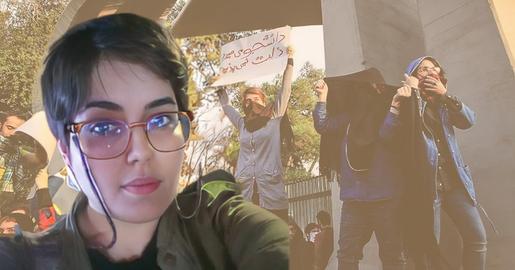





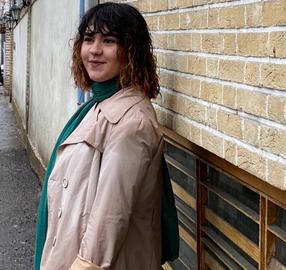
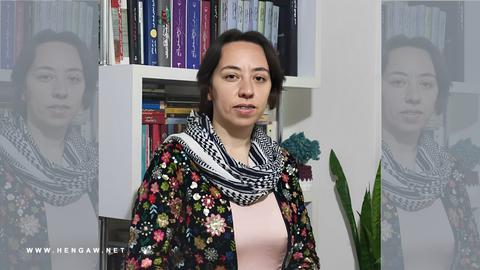


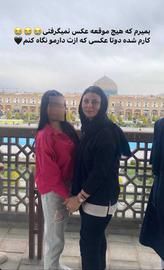

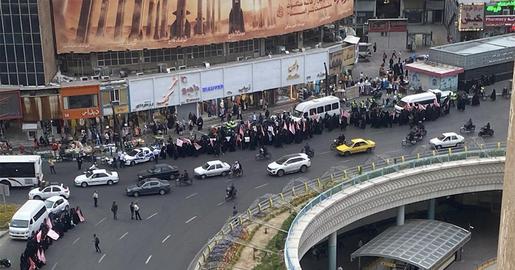

comments